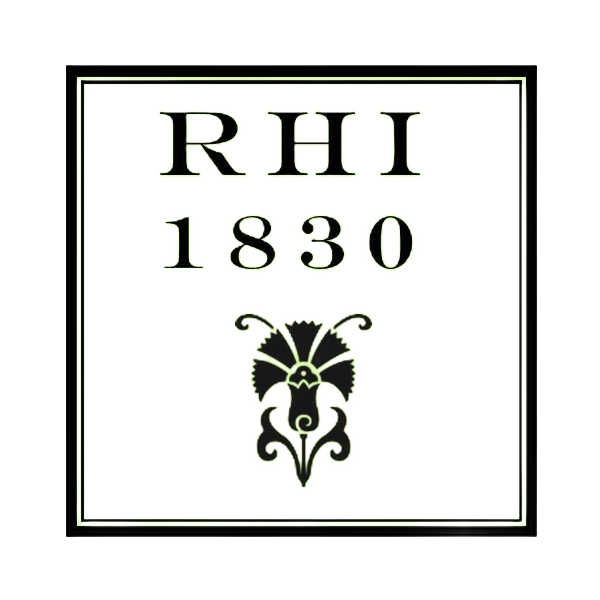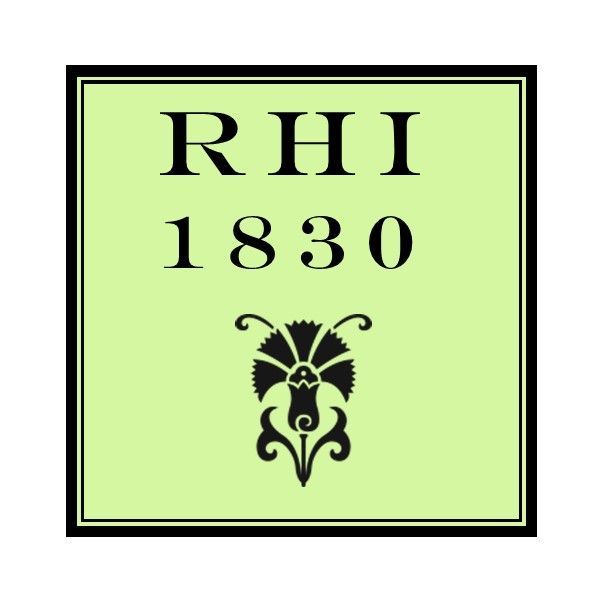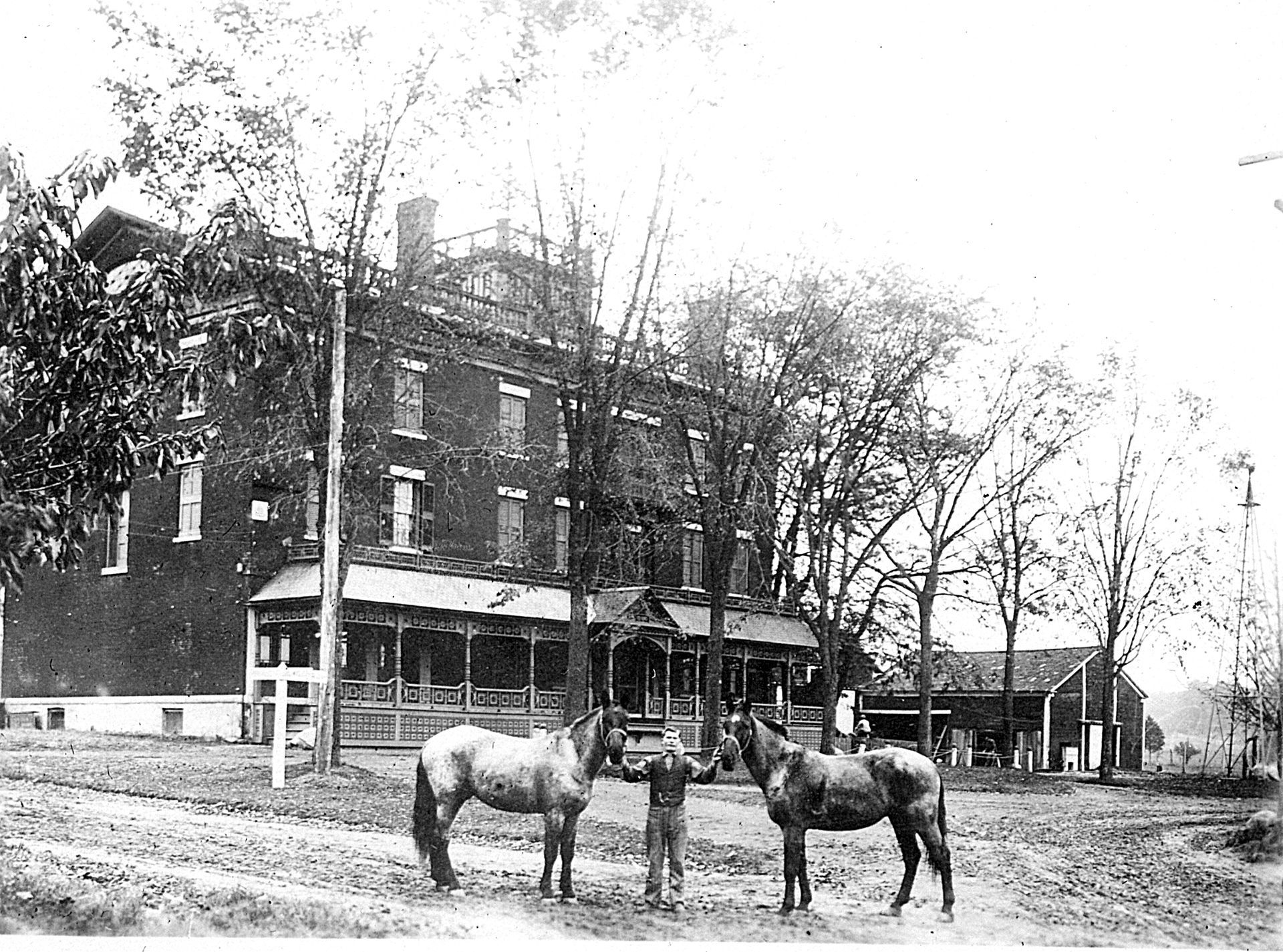
The History of Rogues Harbor Inn
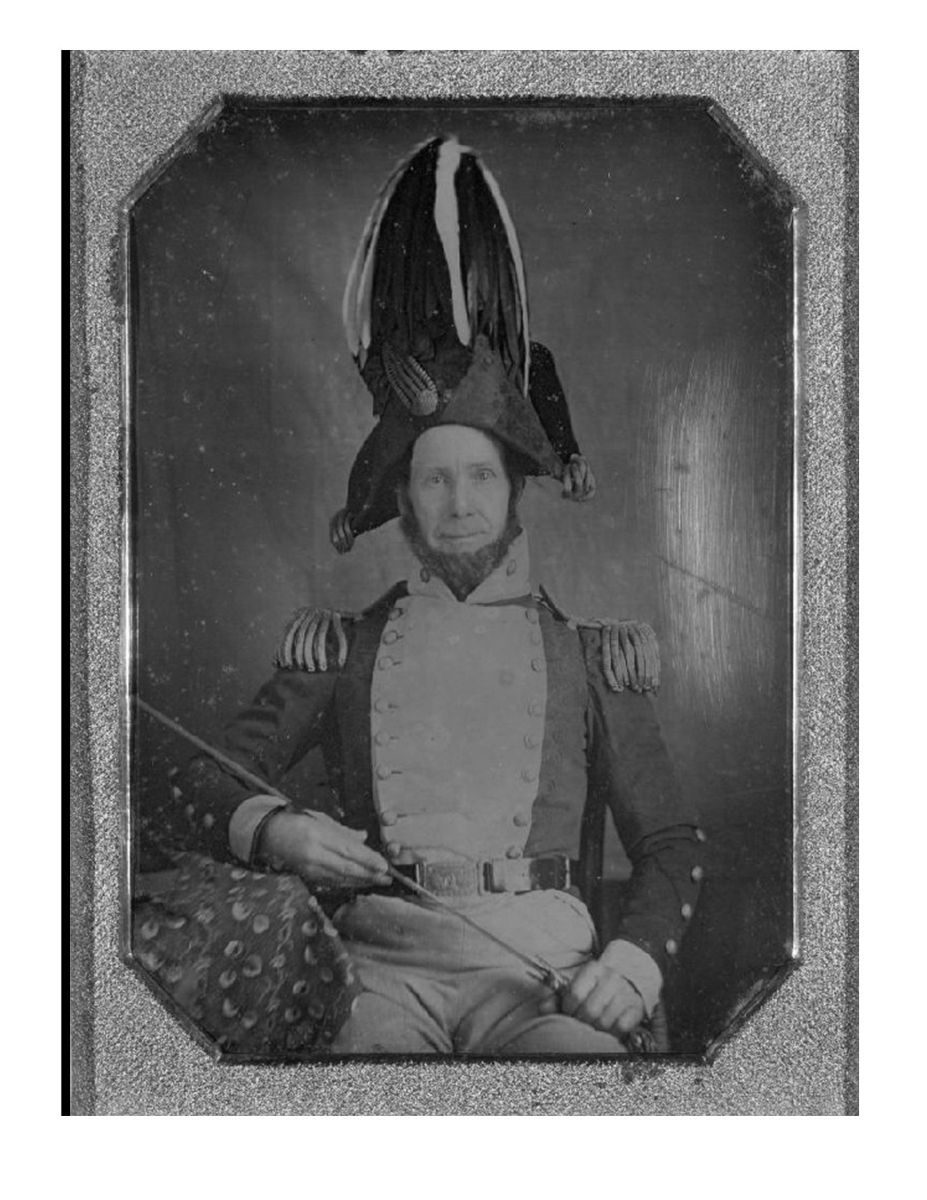
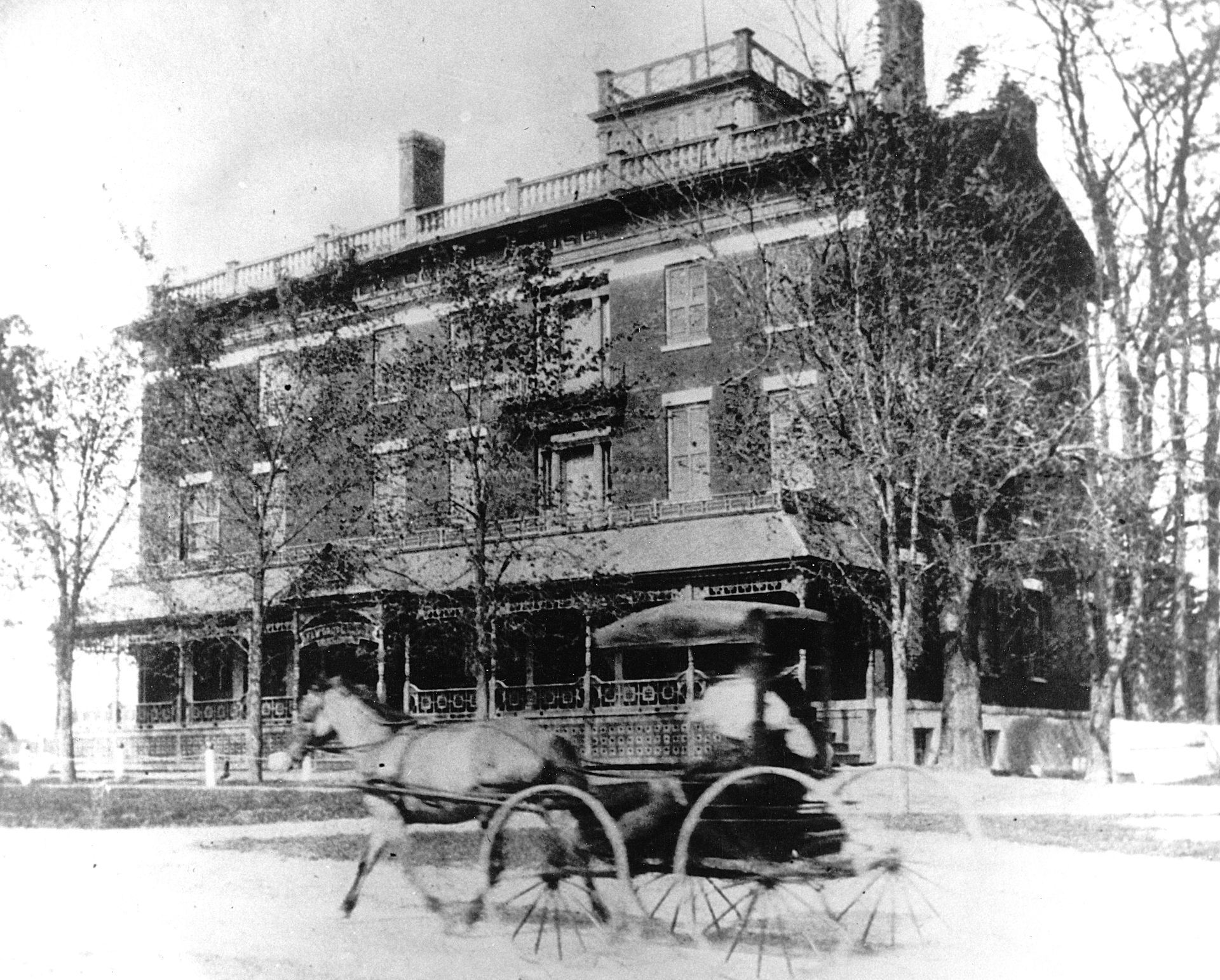
First named the Central Exchange Hotel, Rogues Harbor Inn & Restaurant was built in 1830 by General Daniel Minier in what was then known as Libertyville (South Lansing). The inn's original cost was approximately $40,000 and took 12 years to complete. It featured 15-inch thick brick walls, more than 13 working fireplaces, and a facade similar to that of the Clinton Hall with columns stretching three stories.
Rogues Harbor Inn was originally named the Central Exchange Hotel because it catered to the stage traffic from Elmira to Auburn and Cortland to Penn Yann. The first known bill for the hotel was, "50 cents admission, supper and horses extra..."
William Miller, a later owner of the inn and restaurant, renamed it the Elm Grove Hotel in 1890 for the row of beautiful elm trees planted in front of the inn. At that time it was a stopping place for horse thieves and other no-gooders. Rogues Harbor, or the Harbor, received it's current name shortly thereafter, around 1900, when it is said that a patron in high spirits climbed to the roof of a nearby building, and hurling a bottle of whiskey against the brick, proposed a toast, "here's to a harbor of rogues."
Tall tales abound inspired by the capers that occurred in the inn and restaurant. One such story is from 1935 when William Miller came to visit the current owners of the inn, The Blanchard family. He told the family that when he was renovating the building he found large sums of counterfeit money in the attic. Some years later, the dyes for printing the money were found in a nearby house. Another is that the Blanchard's had a blue parrot that sat on the porch asking restaurant patrons, "Would you like a cold cup of tea?" If the reply was yes, the proprietor would bring a teapot of whiskey up from the cellar. And finally, the story most talked about is that of Ruloff, a notorious murderer, who was captured and confined in the building's basement since the county jail was full.
The inn has had many other more reputable visitors of note: The VanCleefs, William Henry Seward, Lincoln's Secretary of State, Cardinal Spellman, Harriet Tubman, and Grace Miller White who used Rogues Harbor Inn for the setting of her novel, "Judy of Rogues Harbor." It is also maintained that the inn was a stop on the underground railroad and that slaves bound for freedom in Canada passed through the inn via a tunnel from the basement to the lake.
